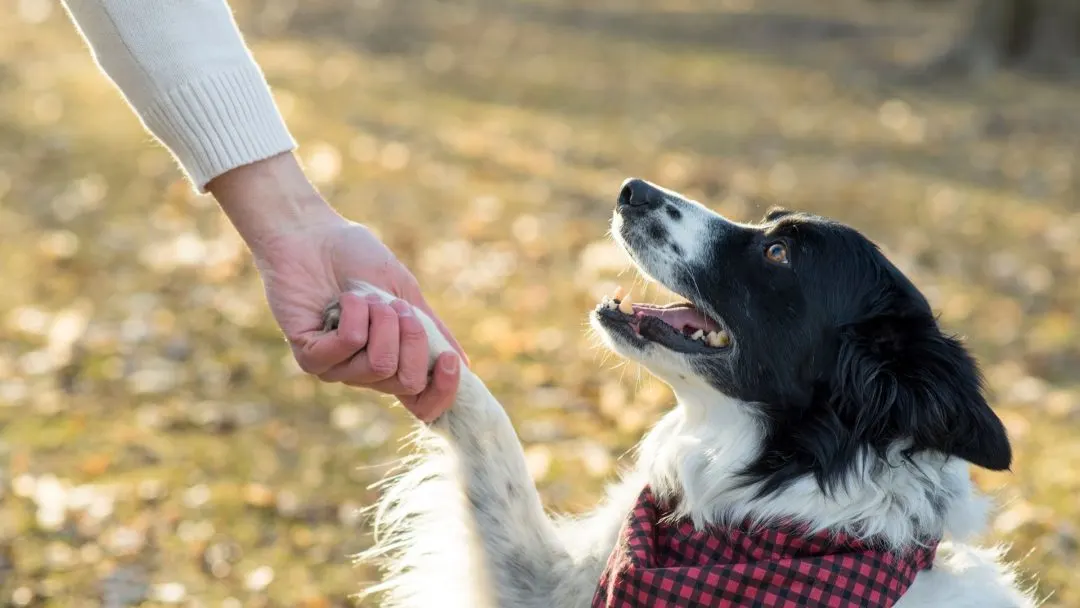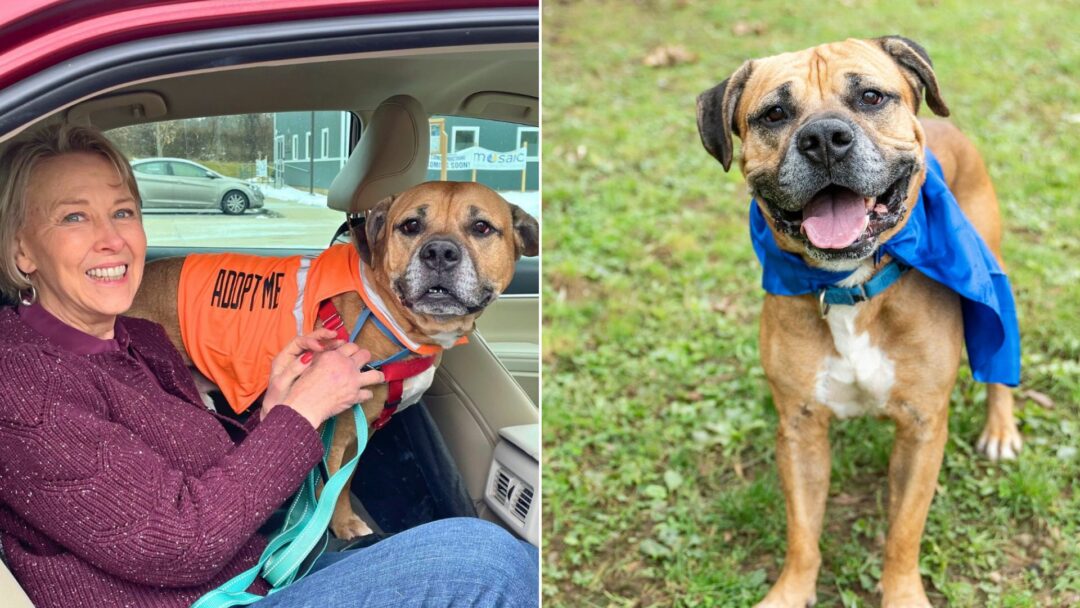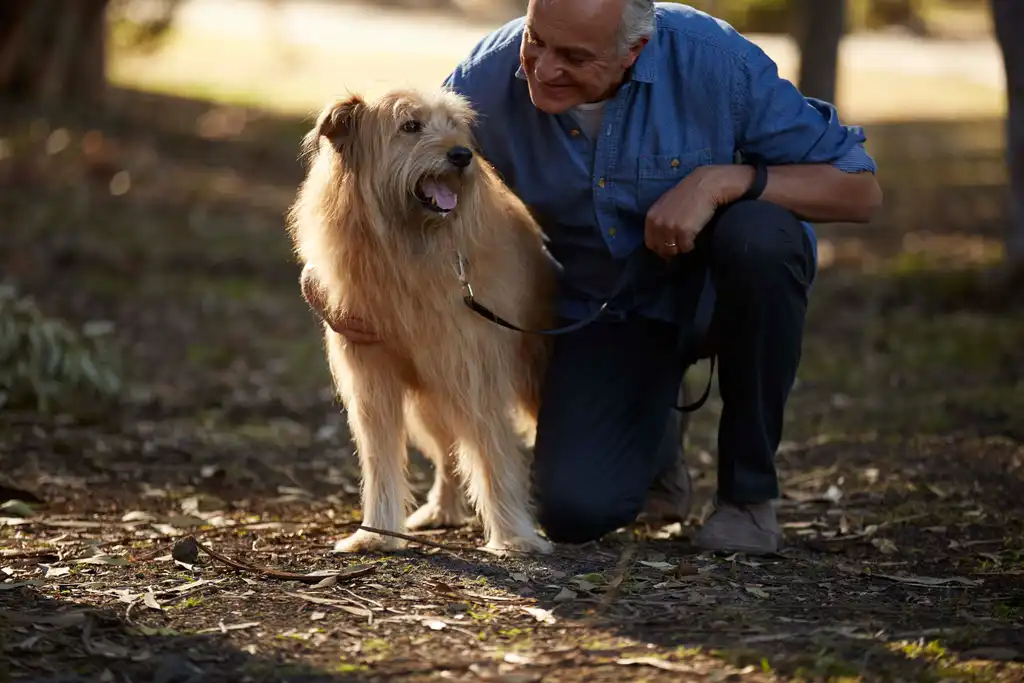
Dogs and humans have had a special bond since prehistoric times, which is mostly due to their startling neurological similarities.
Over 30,000 years of research have been devoted to this unique relationship between humans and dogs, and over that time, numerous commonalities in the two species’ brains have been discovered.
For example, there are similarities between the limbic system in humans and dogs, which is the part of the brain responsible for emotions like fear and love. This helps to explain why dogs frequently show empathy and appear to comprehend the feelings of people.
Both humans and dogs are endowed with neuroplasticity, the brain’s ability to swiftly pick up new skills or adapt to changes in the environment, which facilitates the development of strong bonds.
Furthermore, in order to comprehend information about their environment, both humans and dogs mostly rely on their senses. Our brains are wired to pick up on minute clues from one other, whether they be auditory cues like spoken inflections or visual cues like changes in face expression.
When our four-legged pals meet new people, they often wait to judge whether or not to trust someone based on our behavior toward them. These nonverbal cues can sometimes be even more useful than spoken language.
Furthermore, an unexpected anatomical similarity between the brain regions of humans and dogs involved in memory formation has been found by researchers.
Because of the similarity in brain structure, people and their canine partners are able to maintain strong relationships through the storage of shared memories!
Given that our brains are so similar, it makes sense that humans and dogs have been best friends for so long. This has allowed us to coexist for so long and get a profound understanding of one another’s mentalities!
The incredible attachment between a little boy and six German shepherds depicted in the movie has been further illuminated by recent study.
It proved that dogs and humans have similar brain areas that react to emotions communicated through speech. This led to the conclusion that dogs love us because they have deep relationships with us and are socially secure, much like people do.
Studies conducted by American scientists at Emory University in Atlanta revealed that dogs and humans shared a brain region linked to joyful feelings.
Consequently, this study provides evidence for what dog owners have long intuitively believed to be true: that their furry companions truly care for and love them.
This theory clarifies why, in spite of the common belief that dogs are violent and hazardous around small children, a little child may play so happily with up to fourteen dogs—an incidence that went viral online.
Further research on this topic might provide more light on the variety of emotions that animals can feel and the emotional responses they have to auditory cues from people.





